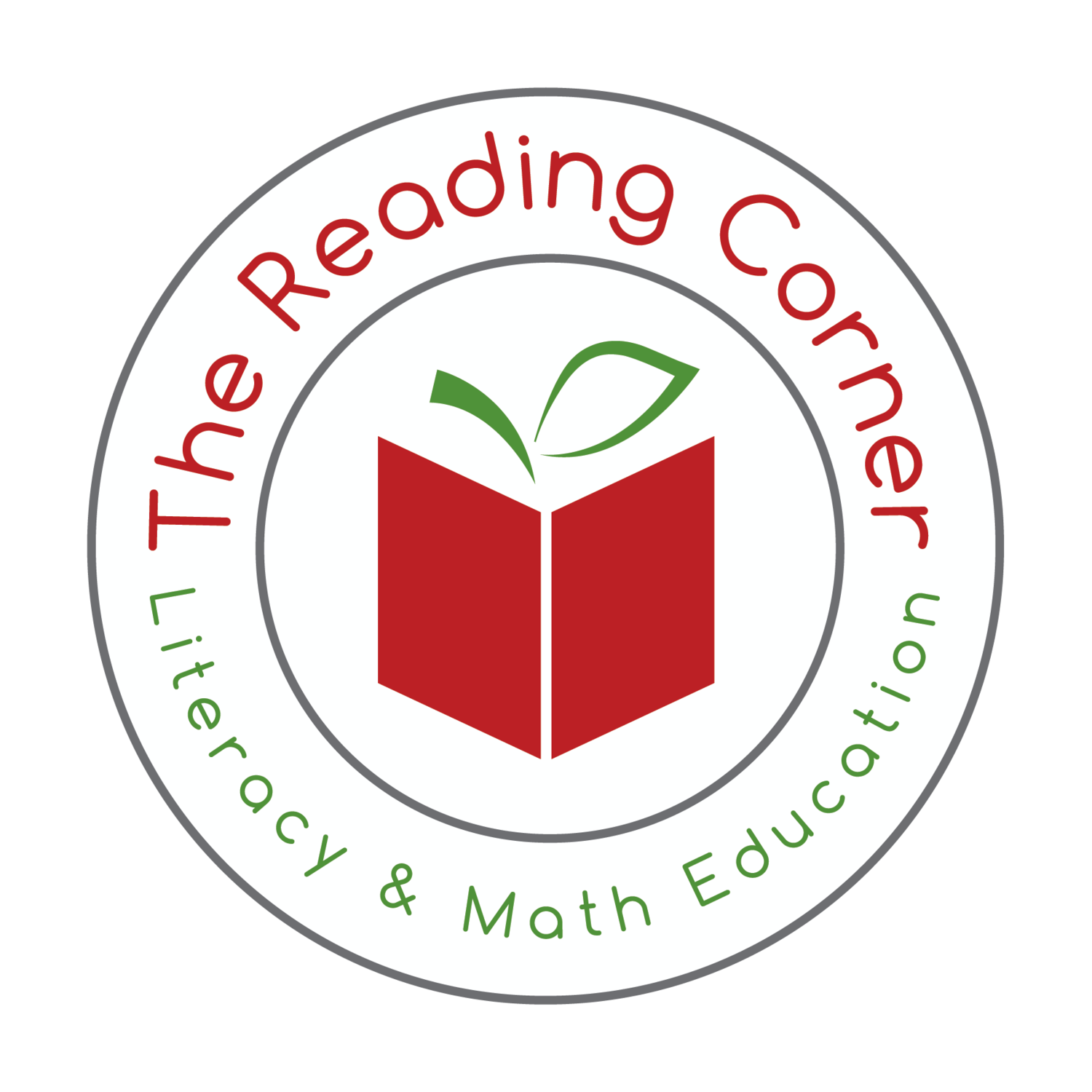The Book Chart
The Book Chart is at the heart of all of our curriculum products. When our first child was three (3) years old, he was eager to read but intimidated by books. So, after I created his own literacy stories, I sat down with him and said, “I’ll tell you what. Here is a note-card. It has 10 stars on it. To celebrate your learning, we are going to cross out a star for every book you read.” I explained to him that he could read whenever and wherever he would like – there were no expectations. His timid nature vanished, and he sat down and read 10 books in one sitting.
The educator in me saw that this tool was extremely motivating to my competitive, visual little boy. He loved meeting his reading goal, and he loved to see the progress he was making on his book chart. When you introduce your child to any activity, book or game, introduce the Book Chart first. Set a goal with your child. Explain to your child that his book chart is his own. It is designed to help children feel pride in their work. Also, it is suggested that you give your child a small extrinsic motivation. For example, you may go to get ice cream after he has put 20 stickers on his book chart.
You may encourage any type of learning with the Book Chart. With our Sight Word and CVC cards, you may give them a sticker for every five (5) or 10 cards that they read. For Play-Doh, you could give them a sticker after they complete some of the task cards. The possibilities are endless.
The great thing about the Book Chart is that it is completely customizable to correspond to your child’s learning: the goal, the reward, the activities. Allow your child to be in charge of their learning. We encourage you to start small with your goals. Make the first goal quickly achievable. Eventually, you should make the goals more challenging. Their confidence grows, as they recognize that the goals are achievable.
Soon, not only will you find that the extrinsic motivation has developed an intrinsic habit and motivation, but their attention span and working time gets longer. The more a child reads or performs literacy activities, the more their fluency increases. You will find your child begging to do more activities; casually picking up books wherever they are; reading their Flip and Reads in the bin next to their bed and in the car. Simply. you will be helping to create a lifelong reader. We designed the Book Chart and our other tools so that you enjoy learning with your child!
Our freebie this week is holiday Book Charts. They are a great way to keep a child engaged and motivate them to want to earn their stickers. You may utilize holiday rewards to increase motivation. Our Halloween Book Chart is great to use with our Halloween Curriculum. Every time your child completes an activity, allow them to put a sticker on their chart toward their goal. Use the Thanksgiving and winter Book Charts during the months of November and December to continue promoting reading and activities.

